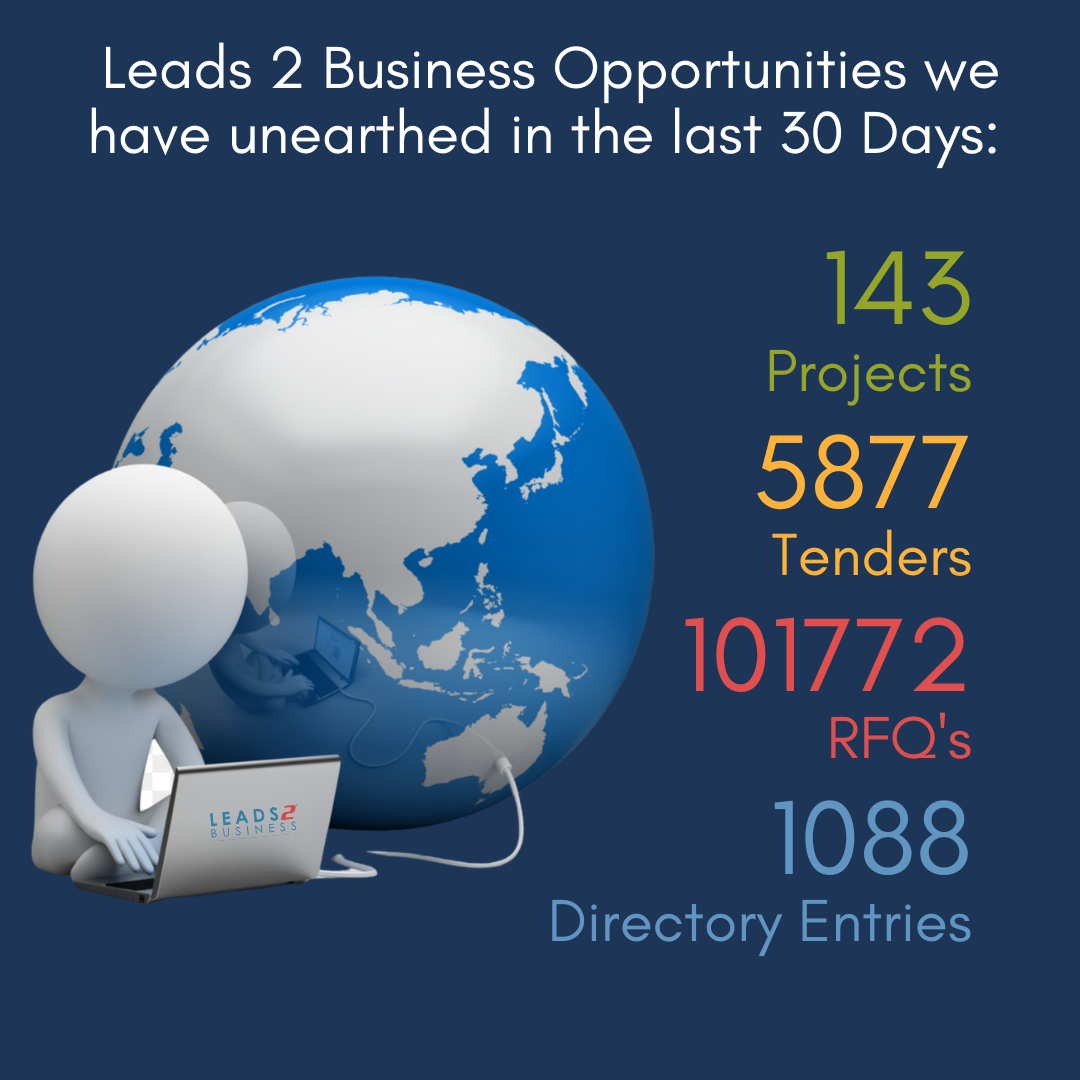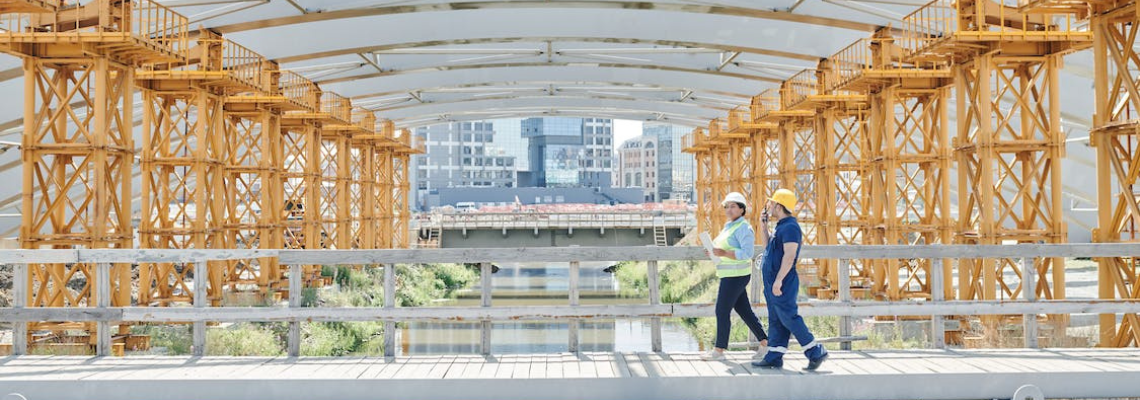 Building long-lasting business relationships require significant resources, time, dedication and communication.
Building long-lasting business relationships require significant resources, time, dedication and communication.
From a subcontractor’s point of view: How do you locate possible clients? How do you build relationships and ensure your company is included in future works?

1) Identify
Identify your target market or the kind of professional / contractor you want to interact with. As a subcontractor, this would most likely be building contractors.
2) Platform
Source a reputable platform such as Leads 2 Business, where you can obtain details of such companies. We have a vast construction Directory with details of Professionals, consultants, contractors, suppliers and vendors.

3) Learn.
Learn about the client, contractor or professional company and how you can integrate your service offering with their business. Research them, show that you have done your homework and have an interest in their companies and values. Acknowledge a shared interest or common goal.
4) Communication.
Decide on your method of communication. Emails are by far the best and most professional way of introducing your company and service offering to prospective clients. Once a long-term relationship is formed, you can then both decide what other form of communication would be acceptable such as calls, SMS, Whatsapp etc.
I would not recommend sending your company profile to a client via Whatsapp on day 1. They do not know who you are, where you are from and why you are contacting them.
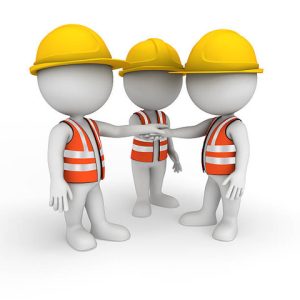
5) Simple
Keep it brief.
Introduce your company and products/services
Prove why your company is above the rest.
Put a proposal together.
List past projects and their value, your level of experience and capacity.
Include a brochure and signature.
Offer to meet face to face as well.
If you are going to approach a prospective client via email. I would email them once and should you not receive a response within a few days, follow this up with a phone call.
Do not inundate or spam the client as this could cause frustration and could result in a negative image towards you and your company.
6) Networking
Besides using the L2B Directory to market your company and make contact with potential clients, you can use our Daily Tenders services. Here we provide you with site meeting dates and information on the tender. See if this is tender you could get involved in, and attend the meeting. Network with the project role players and potential bidders. Get your name and face out there. Put in the effort, be proactive and use the information that you have.
Another way of networking is attending seminars like the Digital Construction Roadshow hosted by RIB CCS in partnership with Leads 2 Business and BEE123.
7) Questions
Don’t be afraid to ask questions. If you are unclear about the scale of the job or scope of work, as questions. Interact with the client/contractor and make sure everything is clear.
8) Impress
There needs to be ongoing communication about the status of the job, issues incurred or any delays. Quality and timeliness of services provided. Work hard and complete the job before the deadline. Clean up and pack away at the end of the day on the job. Leave a lasting impression of professionalism.

9) Get recommendations and referrals.
10) Grow your business
Using L2B you can locate similar contractors or the ones you have done work for. You can see what projects/tenders they are currently actively involved in. Let them know about the job you’ve just completed and attach the recommendation/referral.
11) Touch base
Keep in touch with your clients/contractors. A nice gesture is sending them a small gift or even an email at the end of the year to thank them for their support throughout the year. I find that making contact with the right professional at the right time is imperative. It is often who you know.. and we help with that.
If you would like Leads 2 Business to show you how: Contact us Today

If you are interested in becoming one of our subscribers, please visit Leads 2 Business.
To view notes with screenshots on how to use our website, please visit Leads 2 Business Wiki.
To view more Featured Companies, please visit our Leads 2 Business Blog.
Millennial Mom + wife living the hash-tag life.
Reach out if you want to talk: L2B, social media, construction, technology, marriage, parenting, popular culture and travel.
Remember: If You Fail - Fail Forward
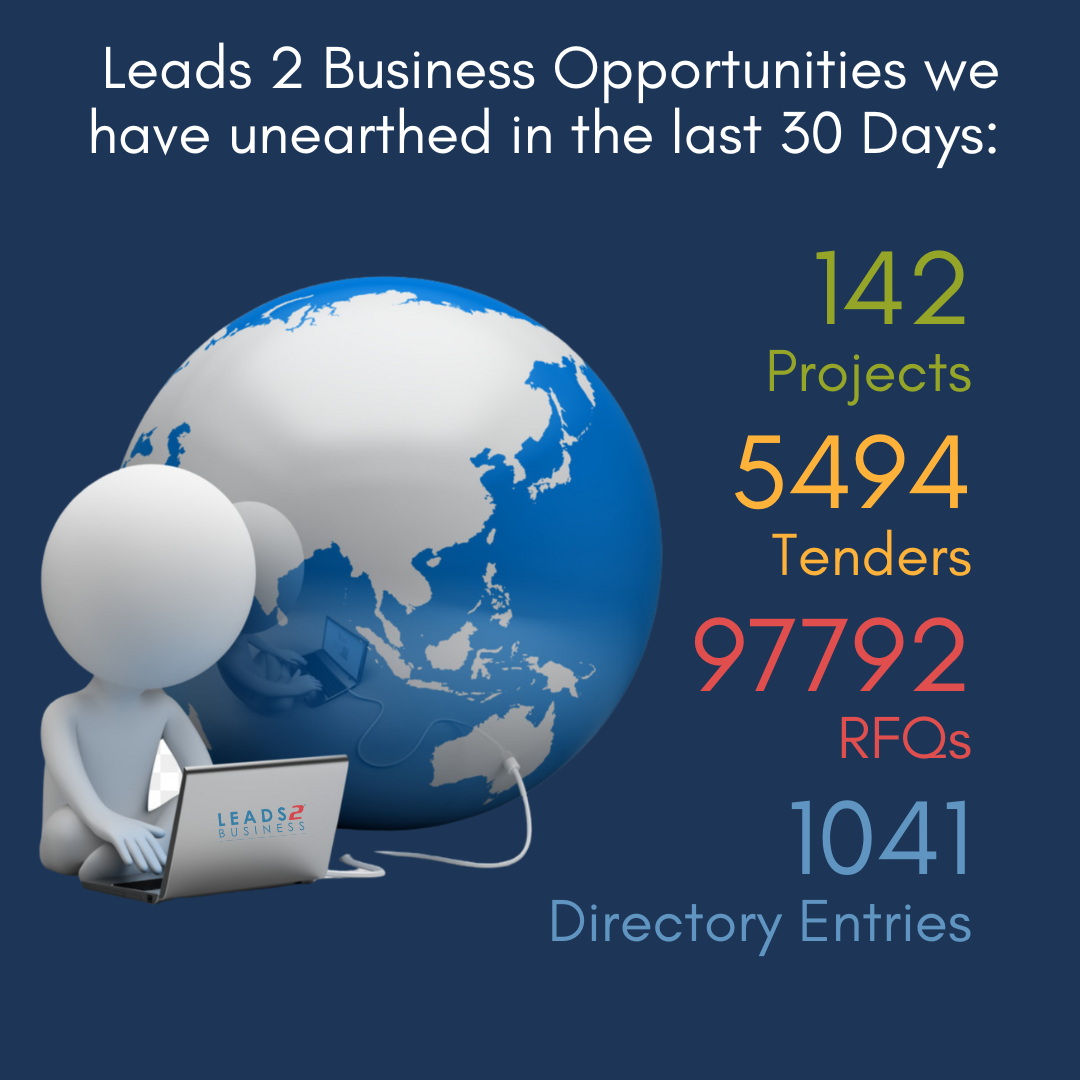



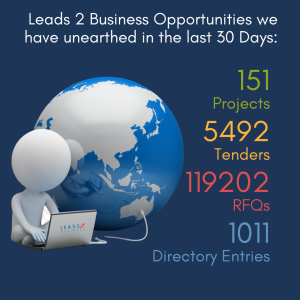


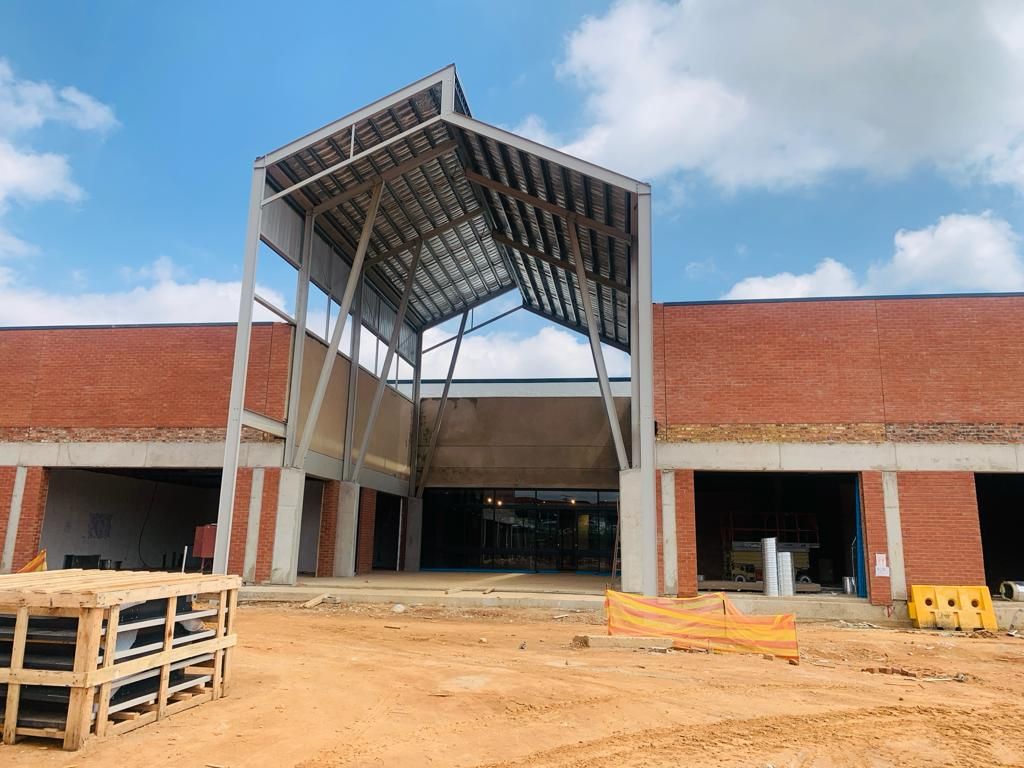
 Building long-lasting business relationships require significant resources, time, dedication and communication.
Building long-lasting business relationships require significant resources, time, dedication and communication. 







